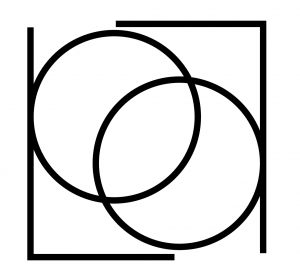Artists will always begin with a blank canvas; and if Murphy’s law, even in its most little ways of messing with an individual, distorts one’s creative juices then say hello to disaster.
How can an artist innovate when it is downright challenging to invent new things? Can someone really sustain being original all the freaking time?
Painting creative, innovative things to a canvas does not need extreme originality. At least that’s what some business authors want to say.
No, it’s not finding something to plagiarize. No, it’s not about copy pasting entire ideas and what have you and claim it as an obra maestra.
It’s like doing a paper – finding a passage or quote so compelling that it begs to NOT be paraphrased. It begs to be copy pasted. But take note – only a passage or quote, and the proper source must still be cited.
What I am talking about is perhaps what Kim and Maugborne (Blue Ocean Strategy) advocated as looking across different industries to borrow certain elements that can be implemented to another industry as an innovation. Example would be the subscription model adamant in publications being implemented by software industries as service – like Google Apps subscriptions.
Perhaps it is also what Seth Godin advocated in his manifesto (Bootstrapper’s Bible) about copying business models from another industry and applying it to your own.
Copy pasting, when armed with savvy for creating synthesis of seemingly disconnect industries leading to the birth of a New Truth leads to innovation.
Then, somehow, the blank canvas will then come to life. No amount of Murphy’s Law can now mess with one’s innovative juices. Everything that goes wrong will go wrong, but everything that goes wrong is an opportunity to innovate.


